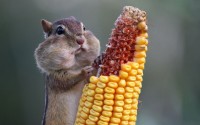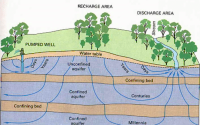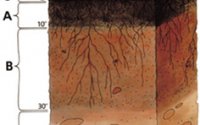Here you will find our Fellow-developed lesson plans that relate to the three categories of protocols we’ve developed: biomass/biodiversity, landscape level, and soils. Each lesson plan takes one or more of those protocols, provides background for teachers and students, and relates the protocol to Michigan grade-level content standards. Introducing the Plots Bioenergy: An Introduction – the what, how, and why of bioenergy Lesson Plan Presentation Slides What makes it all go? Can biofuels do the job? Lesson Plan Part I Lesson Plan Part II Lesson Plan Part III – elementary Presentation Slides Energy Exercise – elementary Energy Exercise – high school BEST Plot Plant Biomass Data – Feb 2012 Michigan Map Fuel Conversion Worksheet Fun with fermentation: How cellulose becomes ethanol Lesson Plan Presentation Slides Plant Biodiversity Protocols Biodiversity: It’s all connected! – exploring biodiversity and organisms’ interactions with their environments How […]
KBS GK-12 Fellows spend at least a year in the classroom of a KBS K-12 Partnership Partner Teacher. Over the course of the year they design and present lessons to students in their partner classes with guidance from their partner teachers, and present concurrent sessions to teachers at our KBS K-12 Partnership school-year workshops. We’ve posted some of our favorite fellow-produced lessons for you to enjoy. They may be related to fellow research, based on a suggestion or request made by one of our partner teachers, or produced for use on our BEST Research Network schoolyard plots. Lessons can be viewed either individually, by scrolling down this page, or by using our New Interactive Table. Feel free to contact the fellow who designed the lesson with further questions and for lesson-related materials – you can find their contact information here.































